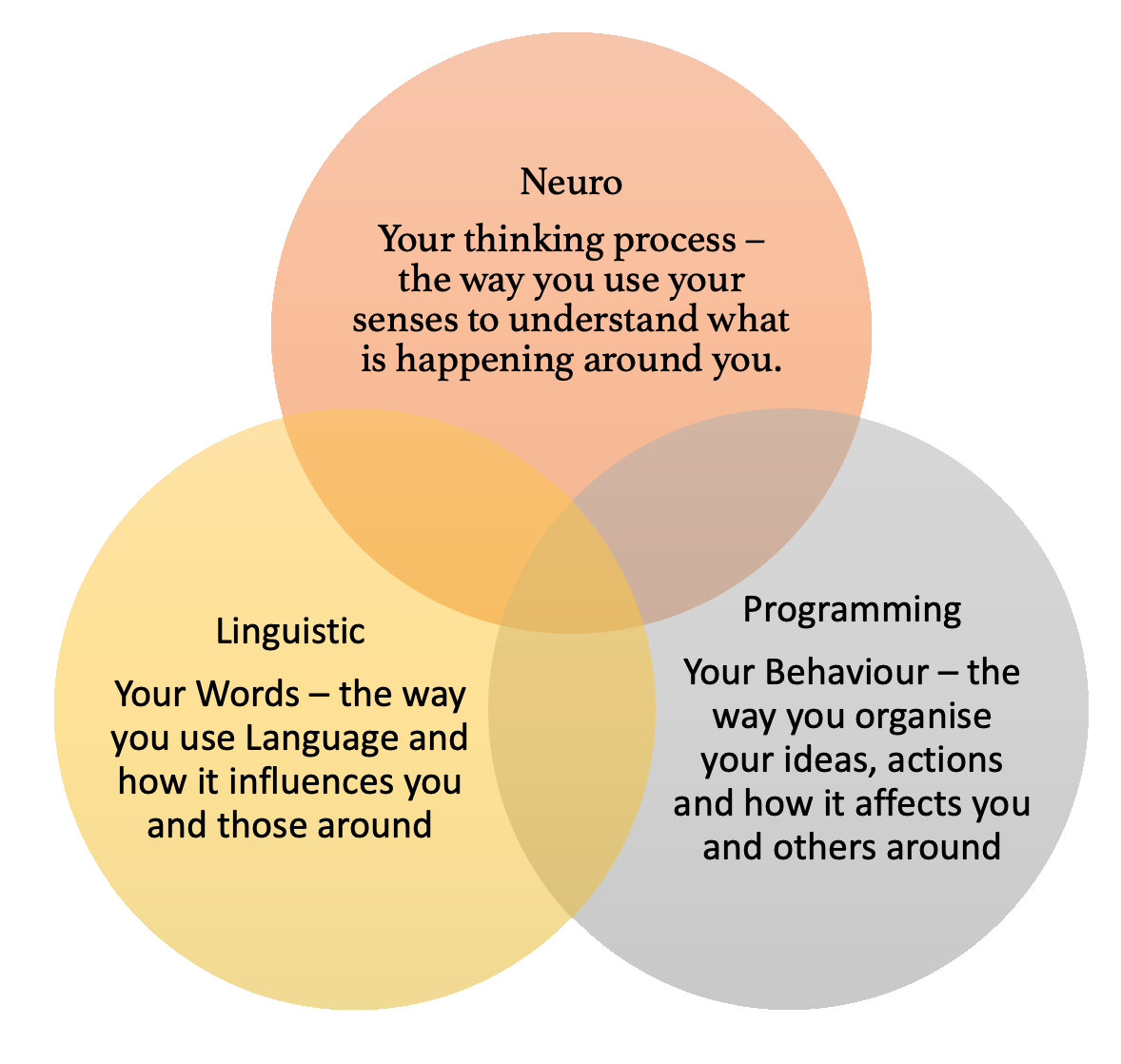NEURO-LINGUISTIC PROGRAMMING (NLP)
Our Services - Neuro-Linguistic Programming (NLP)

Neuro-linguistic programming (NLP)
NLP is like the “User Manual for the Brain."
Starting in the 1970s, NLP researchers began studying the effects of our thoughts on our mind. NLP was developed by Richard Bandler and John Grinder, who believed it was possible to identify the patterns of thoughts and behaviors of successful individuals and to teach them to others. NLP uses perceptual, behavioral, and communication techniques to make it easier for people to change their thoughts and actions. NLP relies on language processing but should not be confused with natural language processing, which shares the same acronym.
The NLP techniques that were discovered can be powerfully effective in changing how you experience the world. Since our thoughts and feelings shape our reality, this means that these NLP techniques can actually transform your entire life. Neuro-linguistic programming is a way of changing someone's thoughts and behaviors to help achieve desired outcomes for them. Since it helps overcome phobias, anxiety and stress, it has a lot to improve workplace performance or personal happiness.
Unlocking Peak Performance with NLP: Techniques, Methodology & Corporate Impact
Various techniques that are used by NLP practitioners to improve business efficiency and successful team building:
- Anchoring: Turning sensory experiences into triggers for emotional states.
- Rapport: Matching body language/behavior to build connection and empathy.
- Swish pattern: Changing undesired behavioral patterns into desired outcomes.
- Visual/Kinesthetic dissociation (VKD): Removing negative feelings related to past experiences.
